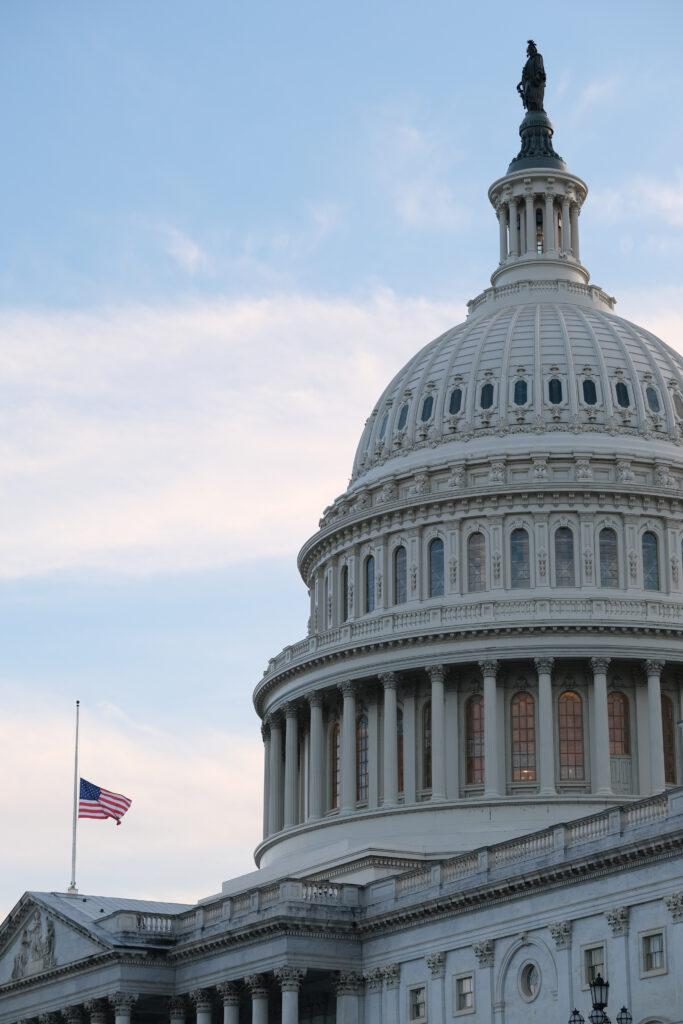COVID-19 cases in Washington, D.C. have spiked as a part of a recent surge caused by the highly transmissible BA.2 Omicron subvariant.
In the past two weeks the District has seen a 51% increase in COVID-19 cases, with a 14-day average of 216 new COVID-19 cases reported each day. Hospitalizations for COVID-19 in the District have also increased 6%, but deaths have not increased.
The rise in cases due to the rapid spread of the BA.2 subvariant, which is now responsible for over 90% of COVID-19 cases in the United States.
Although caseloads remain lower than the spike of cases seen in the District by the Omicron variant in December and January — when the District reached an average of 2,123 daily cases — public health officials have expressed concern that the new subvariant will continue to cause an increase in cases.

Georgetown Nursing and Health Studies Professor Rosemary Sokas said a primary reason for the spike in cases is because of the subvariant’s ability to infect those who are fully vaccinated.
While most of Omicron and BA.2 infections are in healthy young adults, increasingly relaxed public health guidelines may put vulnerable populations at higher risk of infection, according to Sokas.
“The CDC has set a terrible precedent with its current system that aims just to prevent a total meltdown of the healthcare system – as long as the ICU’s aren’t full, they are telling the vulnerable it’s everyone for themselves, just mask up if you are vulnerable,” Sokas wrote to The Hoya.
On April 18, following a ruling from a federal judge striking down the Center for Disease Control’s reinstatement of a mask mandate on all transportation services, WMATA announced that Metro riders would not be required to wear masks beginning that same day.
While the District’s indoor mask mandate expired Feb. 28, private establishments can choose whether to require patrons to wear masks while inside their business.
Georgetown Chief Public Health Officer Ranit Mishori (MED ’02) said the combination of the transmissibility level of the BA.2 subvariant and the lifting of COVID-19 safety measures may have led to the COVID-19 spike in the District.
“The BA.2 variant is even more infectious than the original Omicron strain,” Mishori wrote to The Hoya. “At the same time, many public health measures have been relaxed (particularly indoor masking) and vaccine protections have waned.”
Masks are critical to protecting the health of marginalized communities, according to Sokas.
Immunocompromised and disabled people have heightened health and safety concerns about the lifting of indoor mask mandates across the country.
Erin Davies (COL ’25), who is in a high-risk category for COVID-19 due to having asthma, said mask mandates ensure the safety of immunocompromised students.
“The lack of remote access also means that people with increased risk can’t opt to safely attend classes remotely during a spike in cases or if a mask mandate is removed,” Davies wrote to The Hoya. “For that reason I think the mask mandate is helpful for classes even though I also do not enjoy it.”
Georgetown reinstated its mask mandate earlier this month after experiencing an uptick in cases following the university’s lifting of an indoor mask mandate in March.
Georgetown’s temporary decision to reinstate the mask mandate was driven by monitoring case levels at Georgetown and throughout the District, according to Mishori.
Davies said she continued to wear a mask when the university lifted its mask mandate.
The decision to wear a mask can ensure the health and safety of other District residents as some masks like KN95s are more effective than others, Sokas said.
KN95 and N95 masks have been shown to lower the odds of testing positive for COVID-19 by 83%, according to the CDC.
Komal Samrow (SFS ’25), who has expressed concern about COVID-19 in the District, said listening to public health experts on guidance for protection is important to combat COVID-19 risks.
“What I do know is that there is a segment of the population that is genuinely threatened by COVID, and if all it takes to help protect those people is to wear a mask indoors,” Samrow told The Hoya.
Samrow said she will continue to adapt as the pandemic evolves.
“I look forward to things going back to the way they used to be, but right now, I’m happy learning to adjust and adapt, if it means I and the people around me are safe and healthy,” Samrow wrote.




















